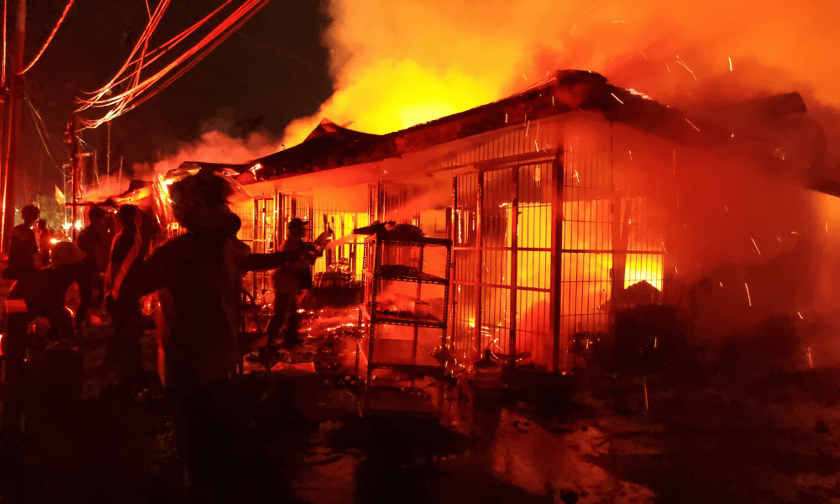

As fire risk intensifies due to more frequent extreme weather events, Australian insurers are encouraging stronger focus on fire separation strategies to help reduce the spread of fire within buildings.
QBE is advising brokers to support clients by highlighting containment measures that can enhance life safety and limit property loss.
Fire separation – an approach using fire-resistant materials and construction methods to divide sections of a building – can restrict fire spread, giving occupants more time to evacuate and allowing first responders to access affected areas more safely.
“For example, if a fire starts on one floor of an office building, fire-rated walls and floors can slow its spread to other levels. That extra time can make all the difference for the people evacuating and for the emergency crews responding,” said David Sullivan, practice lead, property risk management, QBE Australia Pacific.
Fire separation is mandated under the National Construction Code (NCC) across various property types, from housing complexes to industrial sites. These systems are designed during the planning and construction phases but require continued inspection and maintenance to remain effective.
Common fire separation elements include fire-rated walls, doors, and ceilings. However, Sullivan noted that long-term effectiveness depends on more than initial design.
“As an example, one of our customers needed to store flammable liquids within their building, so they constructed a dedicated cut-off room using fire resistant materials and sliding fire doors to protect openings. This provided fire separation between the storage of flammable liquids and adjacent production areas,” Sullivan said.
Fire risks can also arise from less visible vulnerabilities. Service installations like electrical conduits or air ducts may breach fire barriers if improperly sealed, and combustible materials stored near structural separations can undermine their function.
Daily operational practices also influence fire resilience. QBE recommends keeping fire doors closed, checking for unsealed penetrations after maintenance, and storing flammable goods in accordance with safety regulations.
While retrofitting full fire separation into older structures can be complex, Sullivan pointed out that targeted improvements are feasible.
“When working with customers, we often find issues like unsealed openings in firewalls, unprotected ducting and vent work, or doors that aren’t actually fire-rated. That’s why regular inspections and maintenance are so important, they can help identify and address potential risks ahead of time,” he said.
Responsibility for ensuring fire separation compliance generally falls to the property owner, who must submit annual safety documentation. However, tenants also bear accountability, especially when modifying interior layouts or infrastructure.
Fire protection measures are increasingly relevant in light of broader climate-related risks.
Recent research by Climate Valuation and the Climate Council has shown that over 650,000 Australian properties are already considered high-risk due to climate-related hazards, with 1.55 million more facing moderate risk levels. These figures suggest ongoing premium pressure and potential insurance inaccessibility for thousands of homeowners.
A separate study from Insurance Australia Group (IAG) study found heightened awareness in Australia and New Zealand following international wildfires. According to the YouGov-conducted survey of over 3,000 respondents, 86% said they would now take steps to mitigate risks from bushfires and other extreme events.
“IAG has long advocated for improved public access to the fundamental risk information that underpins our land planning and building codes so that home buyers have easy access to critical natural hazards information before they purchase a property,” said Andrew Dyer, IAG land planning, hazards, and regulatory manager.
